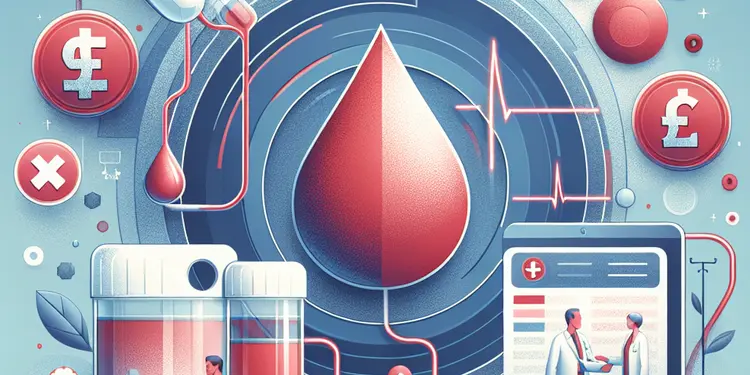
Find Help
More Items From Ergsy search
-
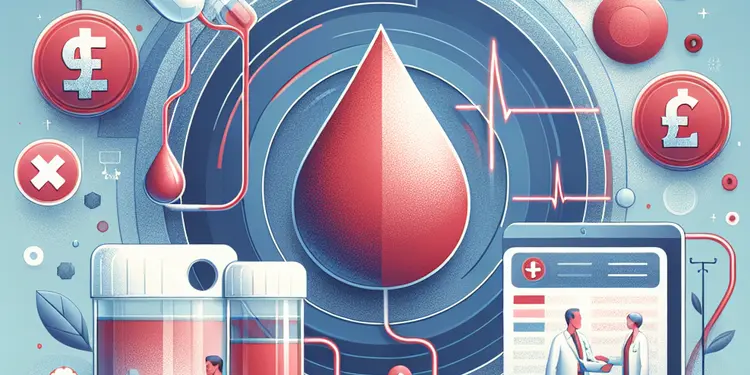
What kind of follow-up care is needed after a blood transfusion?
Relevance: 100%
-
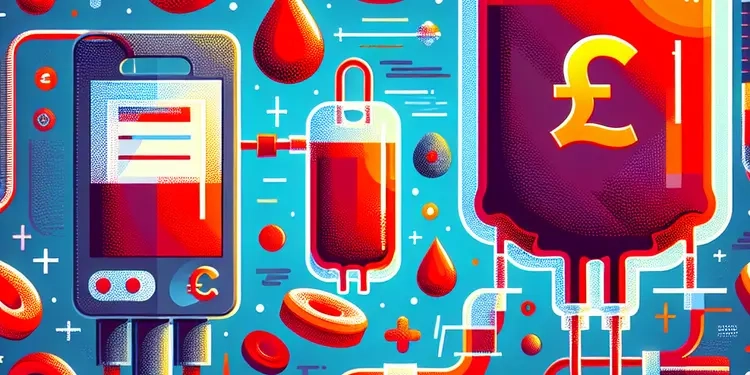
What is a blood transfusion?
Relevance: 94%
-

Blood Product Transfusions
Relevance: 89%
-
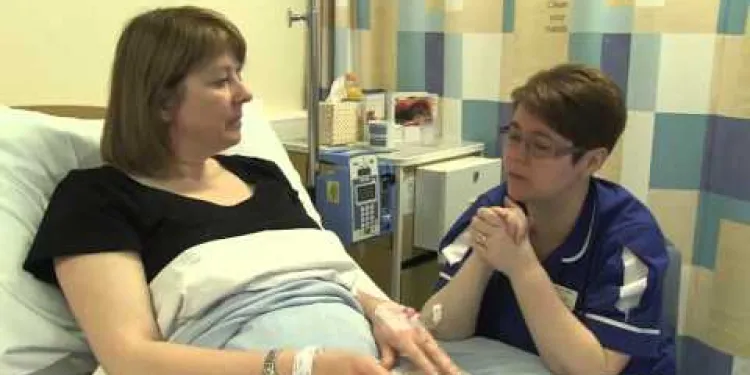
Blood Transfusion
Relevance: 86%
-
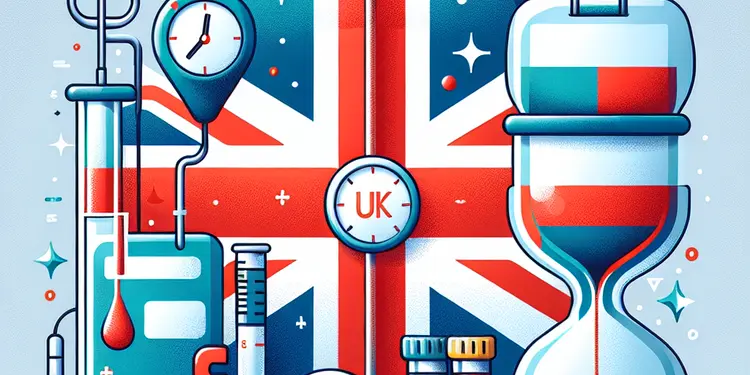
Is there an age limit for receiving blood transfusions?
Relevance: 83%
-

Are there risks associated with blood transfusions?
Relevance: 82%
-
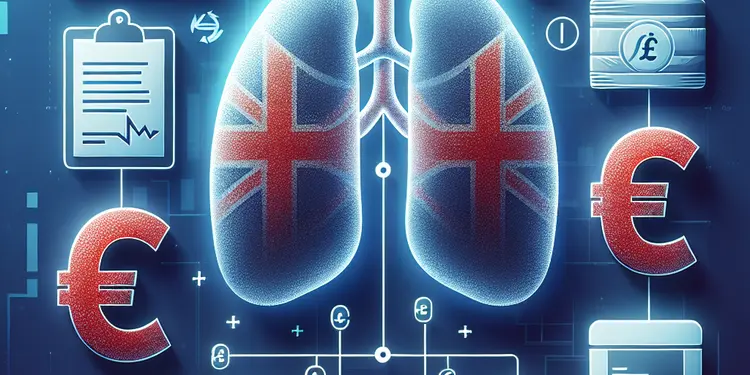
Is Hepatitis B a risk in blood transfusions?
Relevance: 79%
-
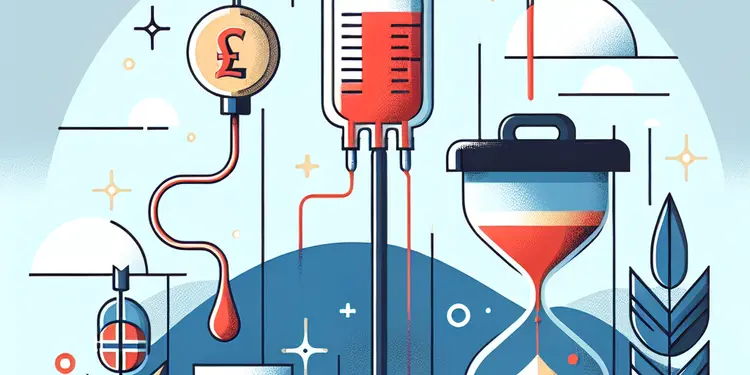
How long does a blood transfusion take?
Relevance: 79%
-
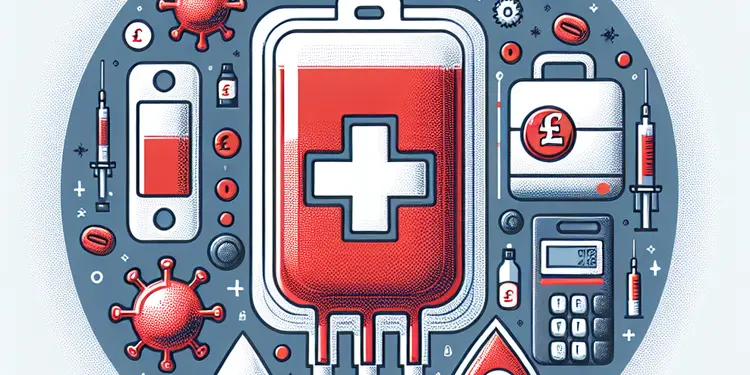
Is HTLV a risk in blood transfusions?
Relevance: 78%
-
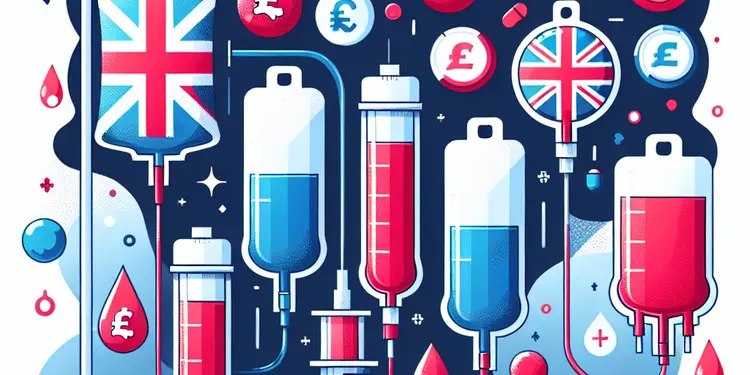
What types of blood products can be transfused?
Relevance: 77%
-

Is Chagas disease a concern with blood transfusions?
Relevance: 76%
-
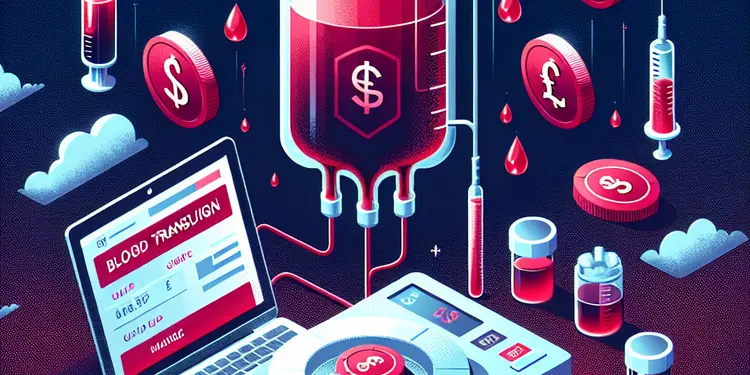
Why might someone need a blood transfusion?
Relevance: 76%
-
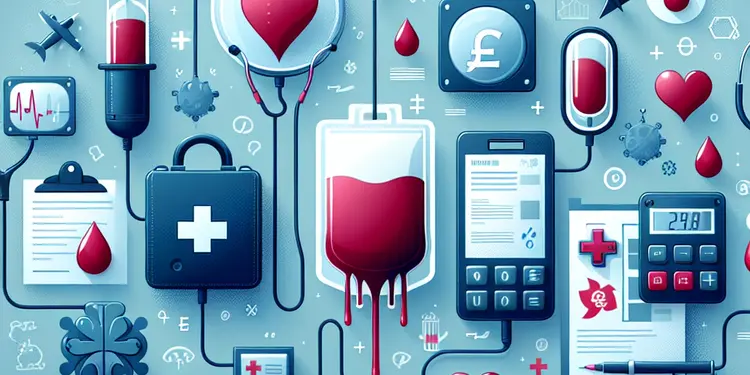
Can certain medical conditions prevent receiving blood transfusions?
Relevance: 75%
-
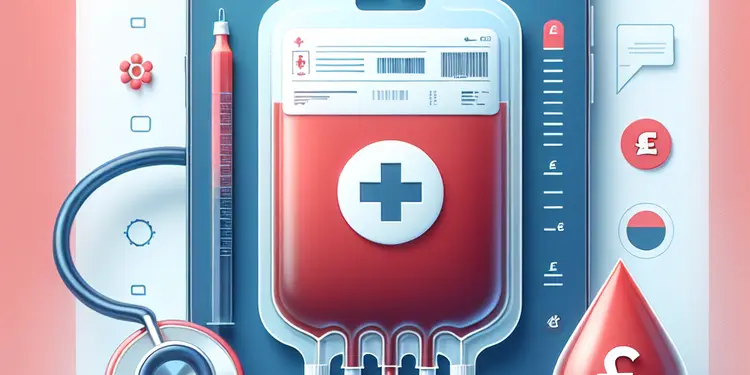
Can bacterial infections be transmitted through blood transfusion?
Relevance: 75%
-
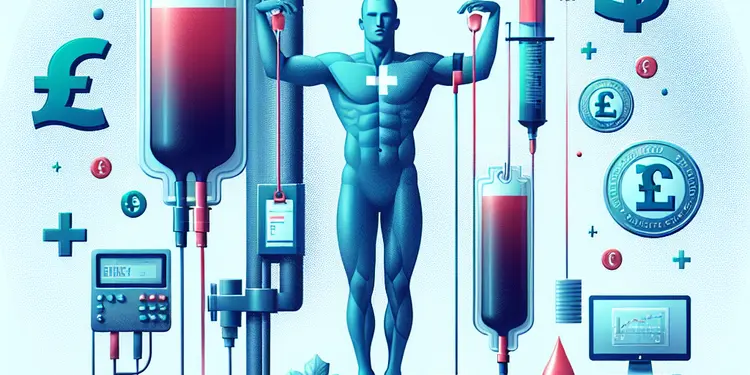
Can someone have a reaction to a mismatched blood transfusion?
Relevance: 75%
-
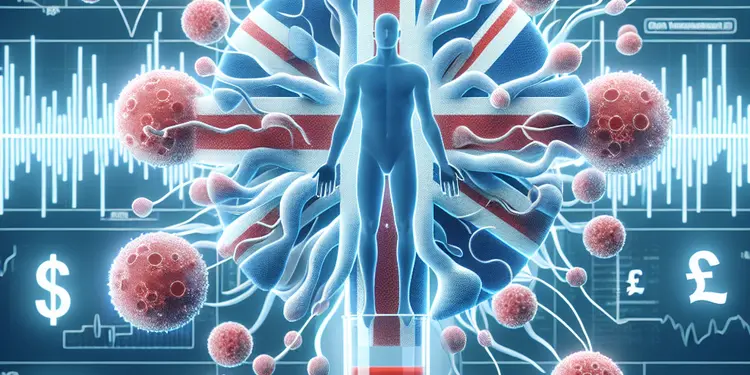
Can syphilis be transmitted via blood transfusion?
Relevance: 75%
-

What diseases can be spread by blood transfusions?
Relevance: 74%
-
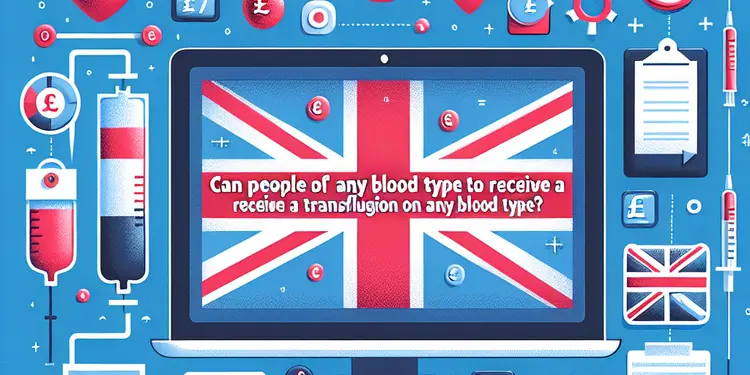
Can people of any blood type receive a transfusion of any blood type?
Relevance: 74%
-
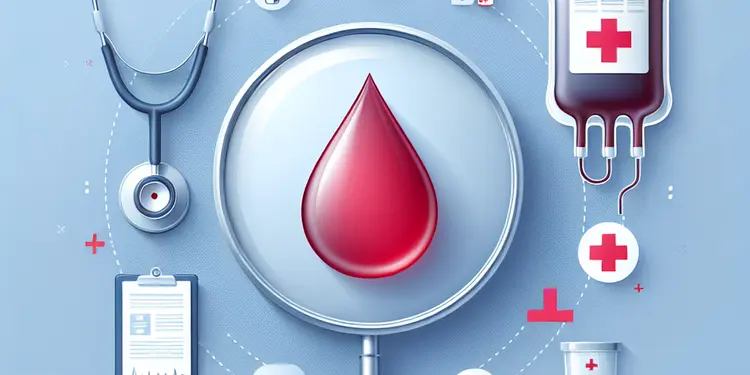
How do doctors determine how much blood is needed for a transfusion?
Relevance: 74%
-
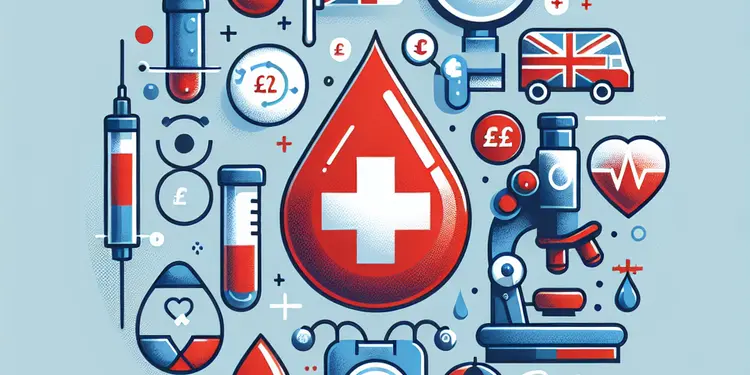
How do healthcare providers match blood for transfusions?
Relevance: 74%
-
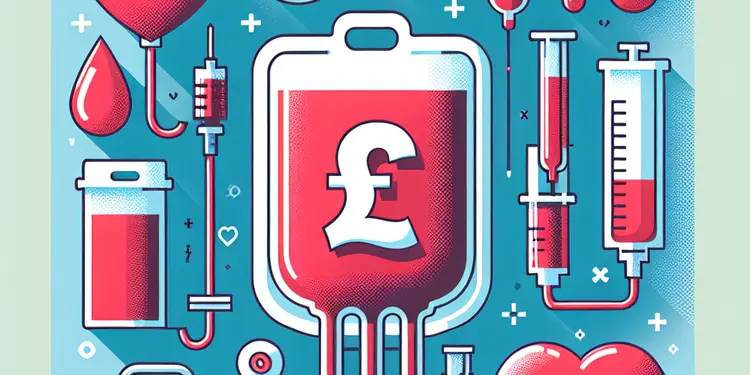
Can HIV be transmitted through blood transfusions?
Relevance: 74%
-

Are there any parasites that can be transmitted through blood transfusions?
Relevance: 73%
-
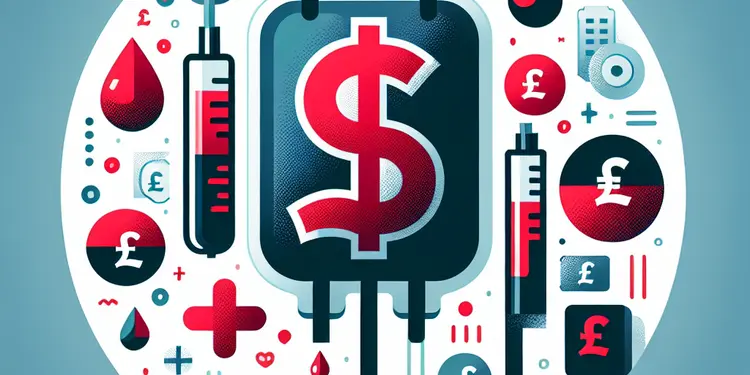
What are some common reasons blood transfusions are needed?
Relevance: 73%
-

Is Zika virus screened for in blood transfusions?
Relevance: 73%
-
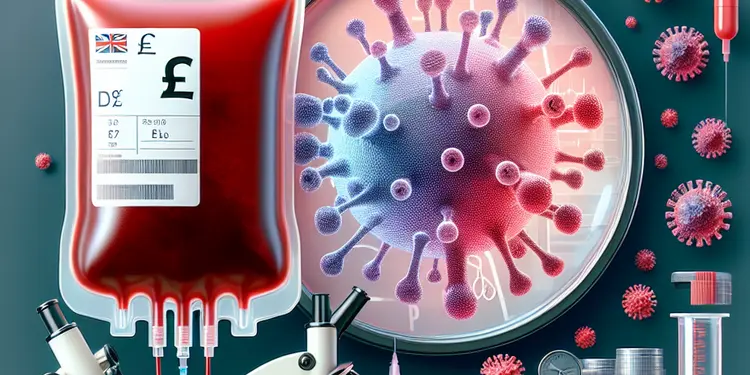
What is the most common disease transmitted by blood transfusion?
Relevance: 71%
-
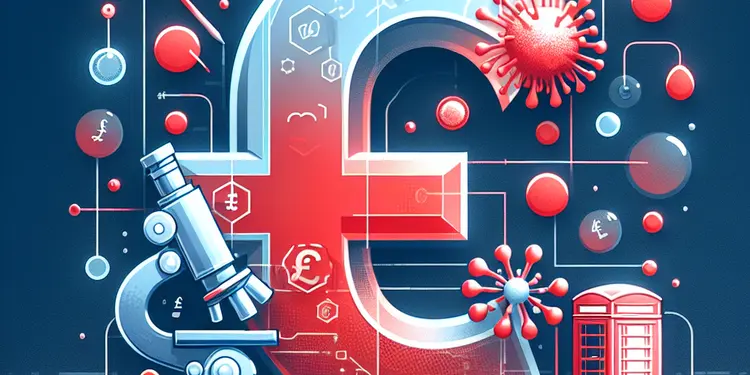
Is malaria still a concern for blood transfusion safety?
Relevance: 71%
-
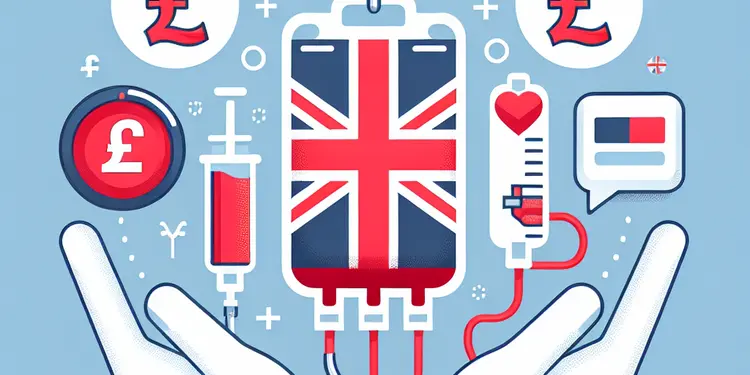
Can COVID-19 be transmitted through blood transfusions?
Relevance: 71%
-
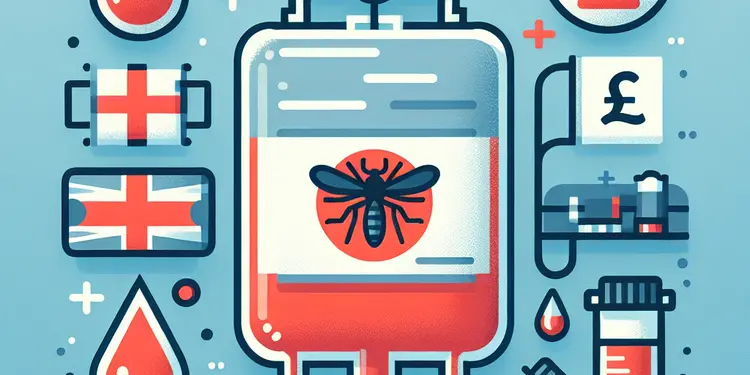
Can Dengue fever be transmitted through blood transfusions?
Relevance: 71%
-
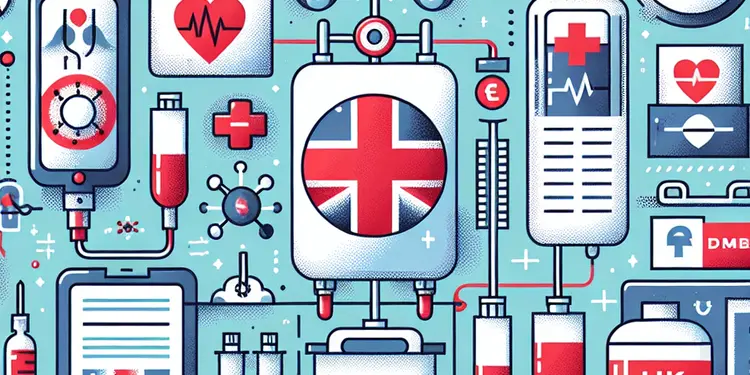
What measures are taken to prevent disease transmission in blood transfusions?
Relevance: 67%
-
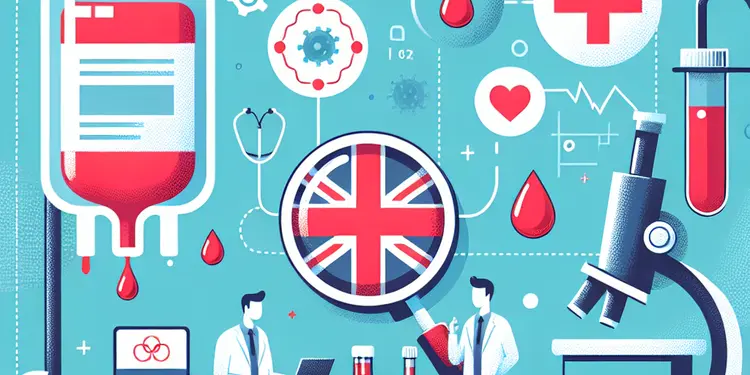
Can you get any prion diseases from blood transfusion?
Relevance: 67%
-

Is blood used for transfusions safe?
Relevance: 62%
-

What is plasma, and why might it be transfused?
Relevance: 60%
-
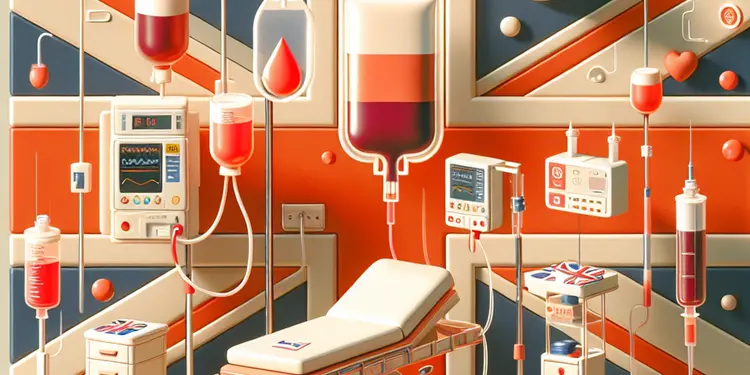
What should a patient expect after a blood transfusion?
Relevance: 58%
-

Can cytomegalovirus (CMV) be spread through transfusions?
Relevance: 57%
-

Are there global differences in screening for blood transfusions?
Relevance: 56%
-
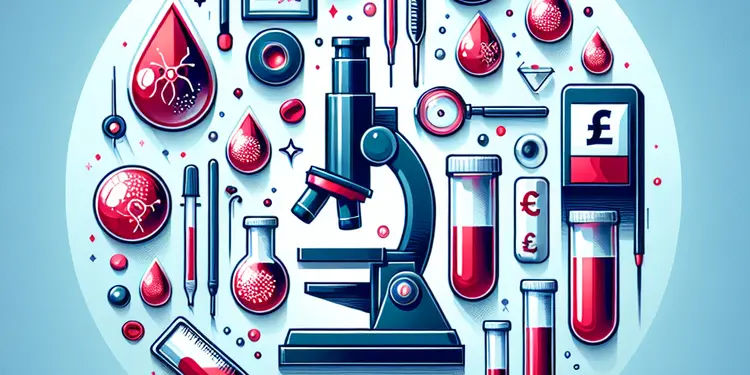
How is blood screened to prevent disease transmission?
Relevance: 56%
-

Will I need a follow-up visit after my hair transplant in Turkey?
Relevance: 52%
-
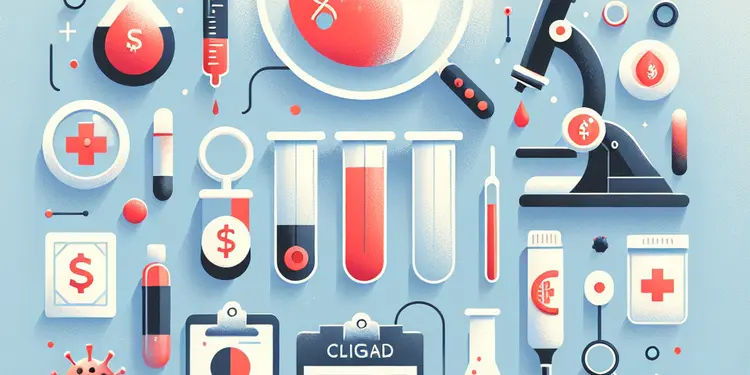
What other viruses are tested for in blood donations?
Relevance: 46%
-
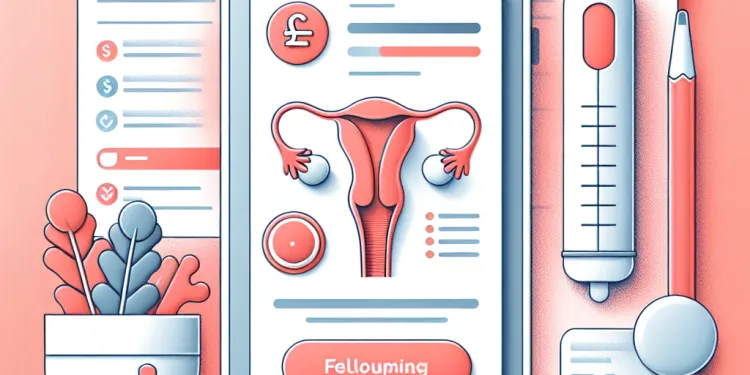
Is there any follow-up required after a womb lining test?
Relevance: 46%
-
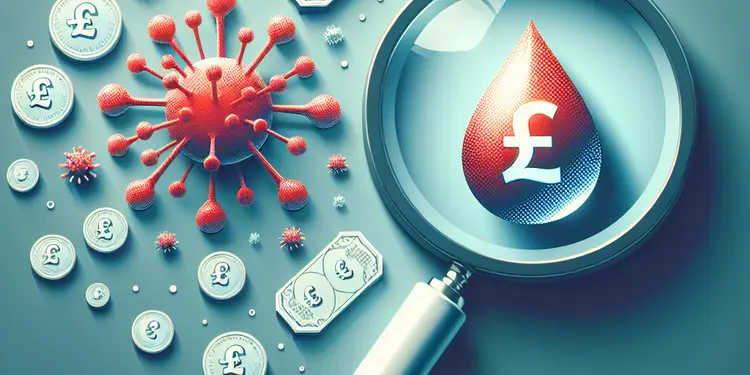
Are new emerging pathogens a risk for blood safety?
Relevance: 46%
Introduction to Blood Transfusion Follow-Up Care
After receiving a blood transfusion, it is vital for patients in the UK to receive appropriate follow-up care. This is to ensure that any potential complications are promptly addressed and the overall health of the patient is monitored. Follow-up care after a blood transfusion involves a range of activities, each aimed at ensuring patient safety and the effectiveness of the transfusion.
Immediate Post-Transfusion Monitoring
Immediately following a blood transfusion, patients are closely monitored for any adverse reactions. Healthcare professionals usually observe patients for at least 15-30 minutes to check for signs of allergic reactions, fever, or other acute complications. Vital signs such as heart rate, blood pressure, and temperature are regularly checked to detect any unusual changes.
Delayed Reaction Observation
Some individuals may experience delayed reactions to a transfusion. After the initial monitoring period, patients are advised to remain in contact with healthcare providers and report any symptoms such as prolonged fever, chills, or unexplained fatigue. These symptoms could indicate a delayed transfusion reaction, which would require further medical evaluation and potentially altered treatment plans.
Regular Blood Tests
Patients who have had a blood transfusion are often required to undergo regular blood tests to ensure that their blood counts are within a normal range and that the transfusion has successfully alleviated symptoms like anemia. Blood tests can help in monitoring the levels of haemoglobin and other critical parameters, thus guiding any further treatment decisions.
Alloimmunization Monitoring
In cases where patients receive multiple transfusions over time, there's a risk of alloimmunization, where the immune system forms antibodies against transfused blood cells. Healthcare providers may require periodic lab tests to detect and manage this condition, ensuring future transfusions are matched more precisely to avoid reactions.
Iron Overload Prevention
For patients receiving frequent blood transfusions, such as those with chronic anaemia, follow-up care often involves monitoring and managing iron levels. Excess iron from repeated transfusions can accumulate in the body and cause damage to organs. Chelation therapy or other treatments may be prescribed to mitigate iron overload. Regular appointments to track iron levels and organ health form a critical part of the care regime.
Patient Education and Support
An essential component of follow-up care is educating patients about the signs and symptoms of complications and the importance of adhering to follow-up appointments. Support services and counselling may also be offered to help patients cope with the emotional and psychological aspects of undergoing blood transfusions, especially for those with chronic conditions necessitating ongoing treatment.
Conclusion
Follow-up care after a blood transfusion is crucial to ensure the safety and well-being of patients. Comprehensive monitoring, regular testing, and patient education play integral roles in the post-transfusion care pathway, allowing healthcare professionals to manage any potential complications effectively and enhance the overall effectiveness of the treatment.
Introduction to Blood Transfusion Follow-Up Care
After you get a blood transfusion, it is very important to have follow-up care. This means seeing a doctor to make sure everything is okay. Follow-up care helps keep you healthy and checks there are no problems after the transfusion.
Immediate Post-Transfusion Monitoring
Right after a blood transfusion, doctors watch you closely. They make sure you don't have any bad reactions. They will check your heart rate, blood pressure, and temperature to see if everything is normal. This usually takes about 15-30 minutes.
Delayed Reaction Observation
Sometimes, you might have a reaction to a transfusion later on. If you have a fever, feel very tired, or have chills, tell your doctor. This might mean you need more care. Staying in touch with your healthcare provider is important.
Regular Blood Tests
After a blood transfusion, you might need regular blood tests. These tests check if your blood is healthy and if the transfusion helped you. The tests look at things like your haemoglobin levels.
Alloimmunization Monitoring
If you have many blood transfusions, your body might make antibodies against the blood. Doctors do special tests to check for this. If needed, they match your blood more carefully for future transfusions.
Iron Overload Prevention
If you have lots of blood transfusions, you might get too much iron in your body. Too much iron can harm your organs. Doctors may give you medicine to help remove the extra iron. Regular check-ups help keep track of your iron levels.
Patient Education and Support
It’s important to know what to look for in case of problems after a transfusion. Doctors teach you about symptoms to watch for. They also offer support and counseling to help you feel better about your treatment.
Conclusion
Having follow-up care after a blood transfusion is very important. Doctors check your health, do tests, and teach you what to look out for. This helps make sure the transfusion worked well and keeps you safe and healthy.
Frequently Asked Questions
Useful Links
- Ergsy carfully checks the information in the videos we provide here.
- Videos shown by Youtube after a video has completed, have NOT been reviewed by ERGSY.
- To view, click the arrow in centre of video.
- Most of the videos you find here will have subtitles and/or closed captions available.
- You may need to turn these on, and choose your preferred language.
- Go to the video you'd like to watch.
- If closed captions (CC) are available, settings will be visible on the bottom right of the video player.
- To turn on Captions, click settings .
- To turn off Captions, click settings again.
More Items From Ergsy search
-

What kind of follow-up care is needed after a blood transfusion?
Relevance: 100%
-

What is a blood transfusion?
Relevance: 94%
-

Blood Product Transfusions
Relevance: 89%
-

Blood Transfusion
Relevance: 86%
-

Is there an age limit for receiving blood transfusions?
Relevance: 83%
-

Are there risks associated with blood transfusions?
Relevance: 82%
-

Is Hepatitis B a risk in blood transfusions?
Relevance: 79%
-

How long does a blood transfusion take?
Relevance: 79%
-

Is HTLV a risk in blood transfusions?
Relevance: 78%
-

What types of blood products can be transfused?
Relevance: 77%
-

Is Chagas disease a concern with blood transfusions?
Relevance: 76%
-

Why might someone need a blood transfusion?
Relevance: 76%
-

Can certain medical conditions prevent receiving blood transfusions?
Relevance: 75%
-

Can bacterial infections be transmitted through blood transfusion?
Relevance: 75%
-

Can someone have a reaction to a mismatched blood transfusion?
Relevance: 75%
-

Can syphilis be transmitted via blood transfusion?
Relevance: 75%
-

What diseases can be spread by blood transfusions?
Relevance: 74%
-

Can people of any blood type receive a transfusion of any blood type?
Relevance: 74%
-

How do doctors determine how much blood is needed for a transfusion?
Relevance: 74%
-

How do healthcare providers match blood for transfusions?
Relevance: 74%
-

Can HIV be transmitted through blood transfusions?
Relevance: 74%
-

Are there any parasites that can be transmitted through blood transfusions?
Relevance: 73%
-

What are some common reasons blood transfusions are needed?
Relevance: 73%
-

Is Zika virus screened for in blood transfusions?
Relevance: 73%
-

What is the most common disease transmitted by blood transfusion?
Relevance: 71%
-

Is malaria still a concern for blood transfusion safety?
Relevance: 71%
-

Can COVID-19 be transmitted through blood transfusions?
Relevance: 71%
-

Can Dengue fever be transmitted through blood transfusions?
Relevance: 71%
-

What measures are taken to prevent disease transmission in blood transfusions?
Relevance: 67%
-

Can you get any prion diseases from blood transfusion?
Relevance: 67%
-

Is blood used for transfusions safe?
Relevance: 62%
-

What is plasma, and why might it be transfused?
Relevance: 60%
-

What should a patient expect after a blood transfusion?
Relevance: 58%
-

Can cytomegalovirus (CMV) be spread through transfusions?
Relevance: 57%
-

Are there global differences in screening for blood transfusions?
Relevance: 56%
-

How is blood screened to prevent disease transmission?
Relevance: 56%
-

Will I need a follow-up visit after my hair transplant in Turkey?
Relevance: 52%
-

What other viruses are tested for in blood donations?
Relevance: 46%
-

Is there any follow-up required after a womb lining test?
Relevance: 46%
-

Are new emerging pathogens a risk for blood safety?
Relevance: 46%


